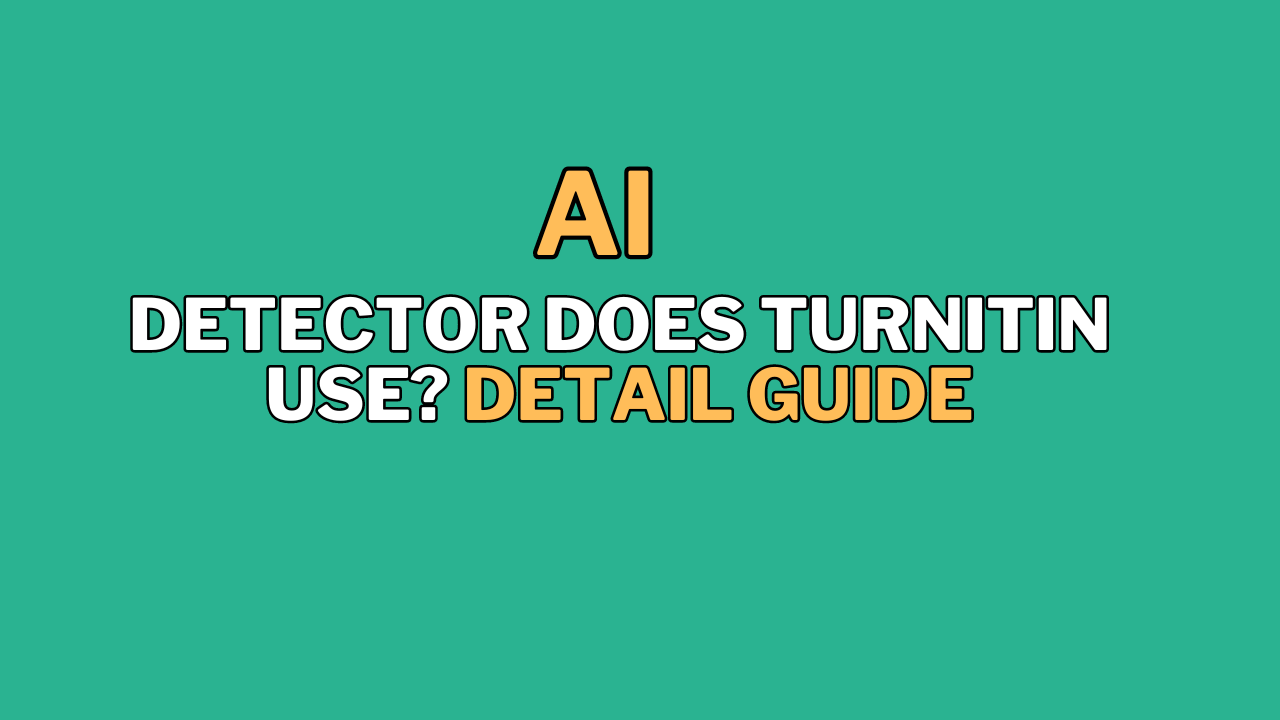In the world of academics and writing, plagiarism is a serious concern. Many students and educators rely on Turnitin to detect and prevent plagiarism in academic papers and essays. But have you ever wondered what kind of AI detector Turnitin uses to identify copied content? Let's take a closer look.

Turnitin employs a robust AI system called the "Originality Check" to scan and analyze written documents. This AI detector works by comparing the text in a given document to a vast database of academic and non-academic content. It looks for similarities, matches, or instances where a student's work closely resembles existing sources.
The AI detector used by Turnitin doesn't just rely on simple word matching; it goes deeper. It uses natural language processing (NLP) to understand the context of the text. This means it can recognize paraphrased sentences or passages that may not be exact copies but still resemble other texts closely.
One of the key features of Turnitin's AI detector is its ability to provide a similarity score. This score indicates how much of the document matches other sources in the database. Educators often use this score as a reference to assess the originality of a student's work. A high similarity score may suggest potential plagiarism, while a low score indicates a lower likelihood of copied content.
The AI detector in Turnitin also offers a side-by-side comparison of the submitted document with the sources it detected as similar. This feature helps educators and students review and evaluate the identified matches to determine if they are indeed instances of plagiarism or if they are properly cited and referenced.
In addition to textual content, Turnitin's AI detector can also identify similarities in non-textual content, such as images, graphs, and charts. This feature is particularly useful when students incorporate visual elements into their academic work and need to ensure their originality.
While Turnitin's AI detector is a valuable tool for promoting academic integrity, it's important to note that it doesn't make final judgments about whether plagiarism has occurred. Instead, it assists educators and students in identifying potential issues that require further investigation and clarification.
In conclusion, Turnitin uses a sophisticated AI detector, the "Originality Check," to examine written documents for plagiarism. This detector employs natural language processing and compares text to a vast database of sources, providing similarity scores and facilitating side-by-side comparisons. By using this AI technology, Turnitin helps educators and students maintain academic honesty and uphold the principles of originality in academic writing.
